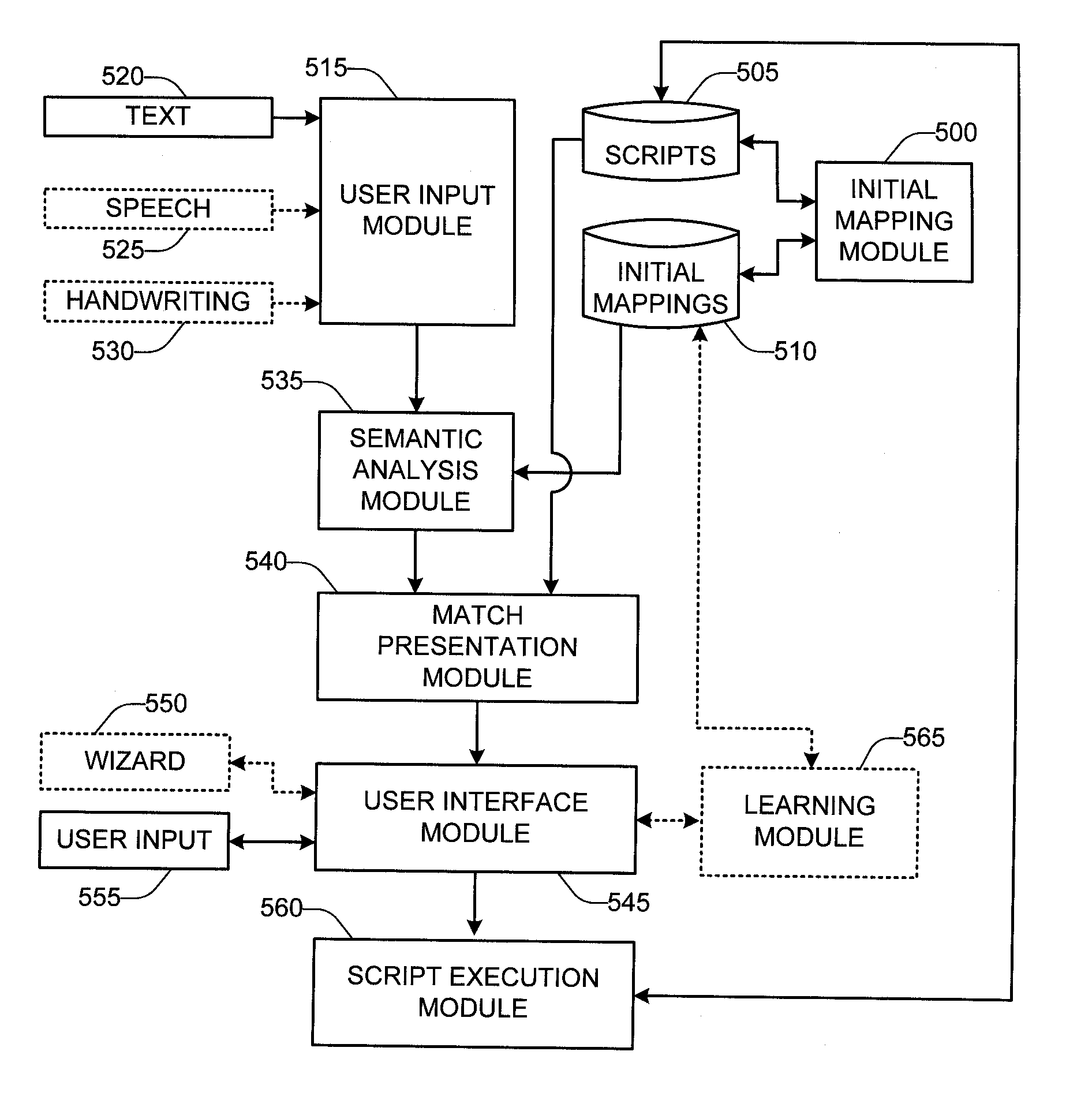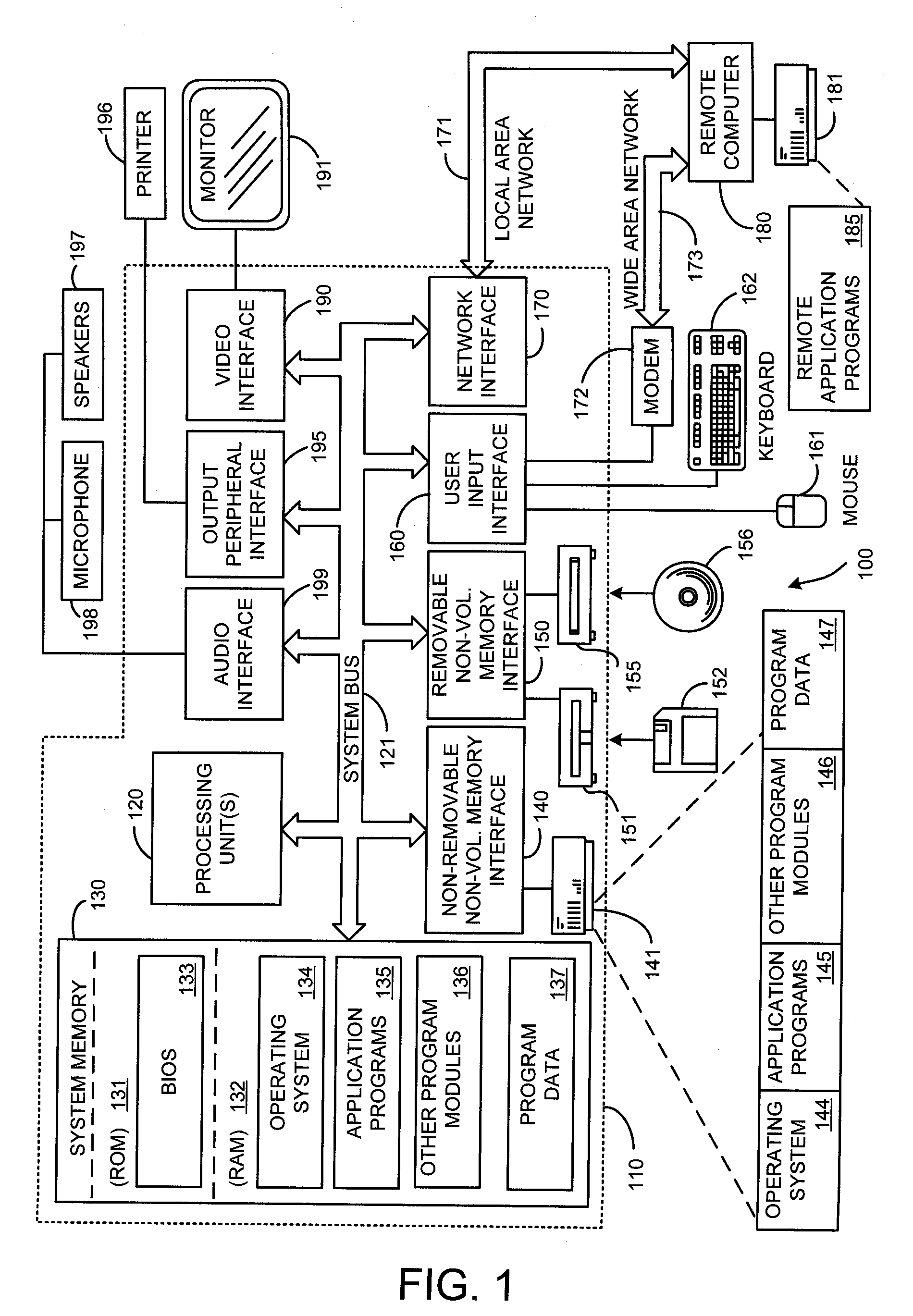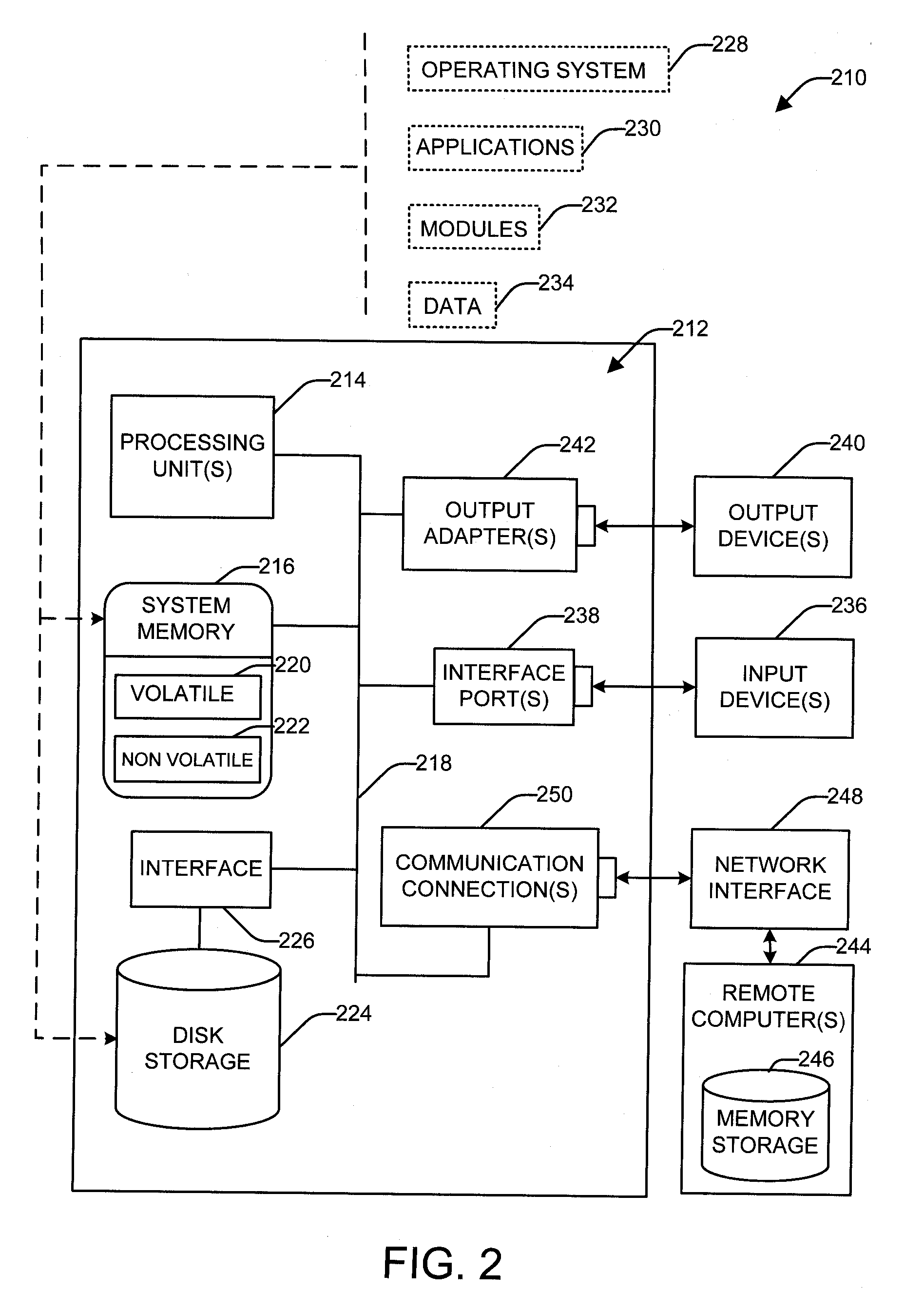Natural language interface for driving adaptive scenarios
a natural language and adaptive scenario technology, applied in the field of natural language interfaces, can solve the problems of complex grammar and contextual meaning, rich and complex human languages, and the difficulty of machine interpretation of written and/or spoken human languages, even in a very limited way, to achieve the effect of complex task and complex task
- Summary
- Abstract
- Description
- Claims
- Application Information
AI Technical Summary
Benefits of technology
Problems solved by technology
Method used
Image
Examples
Embodiment Construction
[0031] In the following detailed description, reference is made to the accompanying drawings, which form a part hereof, and in which is shown by way of illustration specific embodiments in which the invention may be practiced. It is understood that other embodiments may be utilized and structural changes may be made without departing from the scope of the present invention.
1.0 General Definitions and Considerations:
[0032] Scripts or other code, such as “Active Content Wizards” (ACWs), are predefined sets of instructions that can perform almost any task that could be performed manually, such as, for example, changing the desktop background image, changing the internet home page, or configuring a network, to name only a few such examples. In general, such scripts have the ability to perform virtually any function on a client machine, and do not necessarily require user intervention or interaction once the script has been activated.
[0033] Scripts are generally written in extended m...
PUM
 Login to View More
Login to View More Abstract
Description
Claims
Application Information
 Login to View More
Login to View More - R&D
- Intellectual Property
- Life Sciences
- Materials
- Tech Scout
- Unparalleled Data Quality
- Higher Quality Content
- 60% Fewer Hallucinations
Browse by: Latest US Patents, China's latest patents, Technical Efficacy Thesaurus, Application Domain, Technology Topic, Popular Technical Reports.
© 2025 PatSnap. All rights reserved.Legal|Privacy policy|Modern Slavery Act Transparency Statement|Sitemap|About US| Contact US: help@patsnap.com



